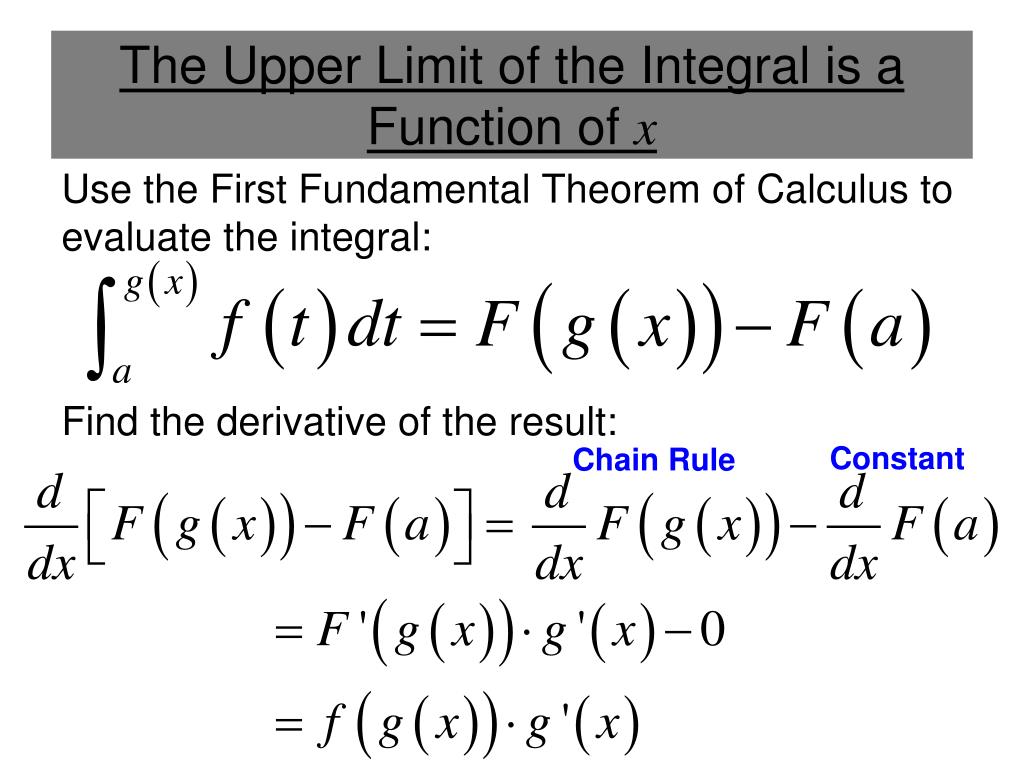

You can use a lot of different examples to calculate and understand. You can find derivative calculator using quotient rule and it provides step by step results for you to understand this concept more effectively. Otherwise, you need some external help to understand and calculate chain rule equations. If you are regularly practicing and have good concepts, you can deal with it easily. Why to use Chain Rule Calculator with steps?Īs the calculus is a lot technical and sometimes difficult to get away, evaluating chain rule is also very tricky. Related: Find useful related tools on this website like we offer online directional derivative calculator & linear approximation calculator with steps for free. This website will help you understanding the differentiation calculations with its online and accurate calculators. There are a lot of other tools like online product rule calculator and online quotient rule calculator on this website as well. Find derivative online website and get your chain rule differentiation calculator from here.

Which accurately finds the composition of differentiable functions. Pick a result from Google which is easy to understand and use. Google will show you a lot of results and now you have to pick wisely. Search on Google by using the keyword "chain rule calculator with steps".There are 2 simple ways through which you can find chain rule derivative calculator.
Calculus chain rule how to#
How to find Multivariable Chain Rule Calculator with steps? You can find the composition of functions in terms of their derivatives by using this chain rule derivative calculator with steps.
Calculus chain rule manual#
The chain rule solver allows you to find composition of differentiable functions quickly because manual calculation can be long and tricky.

You can evaluate the composition of differentiable functions in terms of its derivatives. time curve at a specific time of the day.Chain rule calculator multivariable is an online tool which helps you to find the derivatives of composition of two functions. This is equivalent to finding the slope of the energy vs. Plugging a specific value for the time variable into the function for power would then yield the power consumption of our home during a specified hour. If we were to take the derivative of this function, we would get a function of power with respect to time. If we were to record the average energy usage of our home (in kWh) for each hour of a day, we would likely get a composite function characterizing energy consumption with respect to time. Let’s say that we are interested in installing auxiliary power sources for our home such as a solar panel array or a generator. Now that we have a better understanding of energy and power, let’s go back to our example. If we consumed 1000 Joules of energy per second, we would have 1,000 W (1 kW) of power consumption. Power is the amount of energy consumed per unit time. So, if we were to run a single 1000 W microwave oven for 1 hour, we would consume 1 kWh of energy (1,000 W = 1 kW). A watt, commonly notated with a “W”, is a unit of measurement for power. A kWh is a unit of energy (energy is the ability to do work). When reading the electrical meter for a home, we see that we are given the unit of kWh, or kilowatt-hour. First, a little background information on energy and power.


 0 kommentar(er)
0 kommentar(er)
